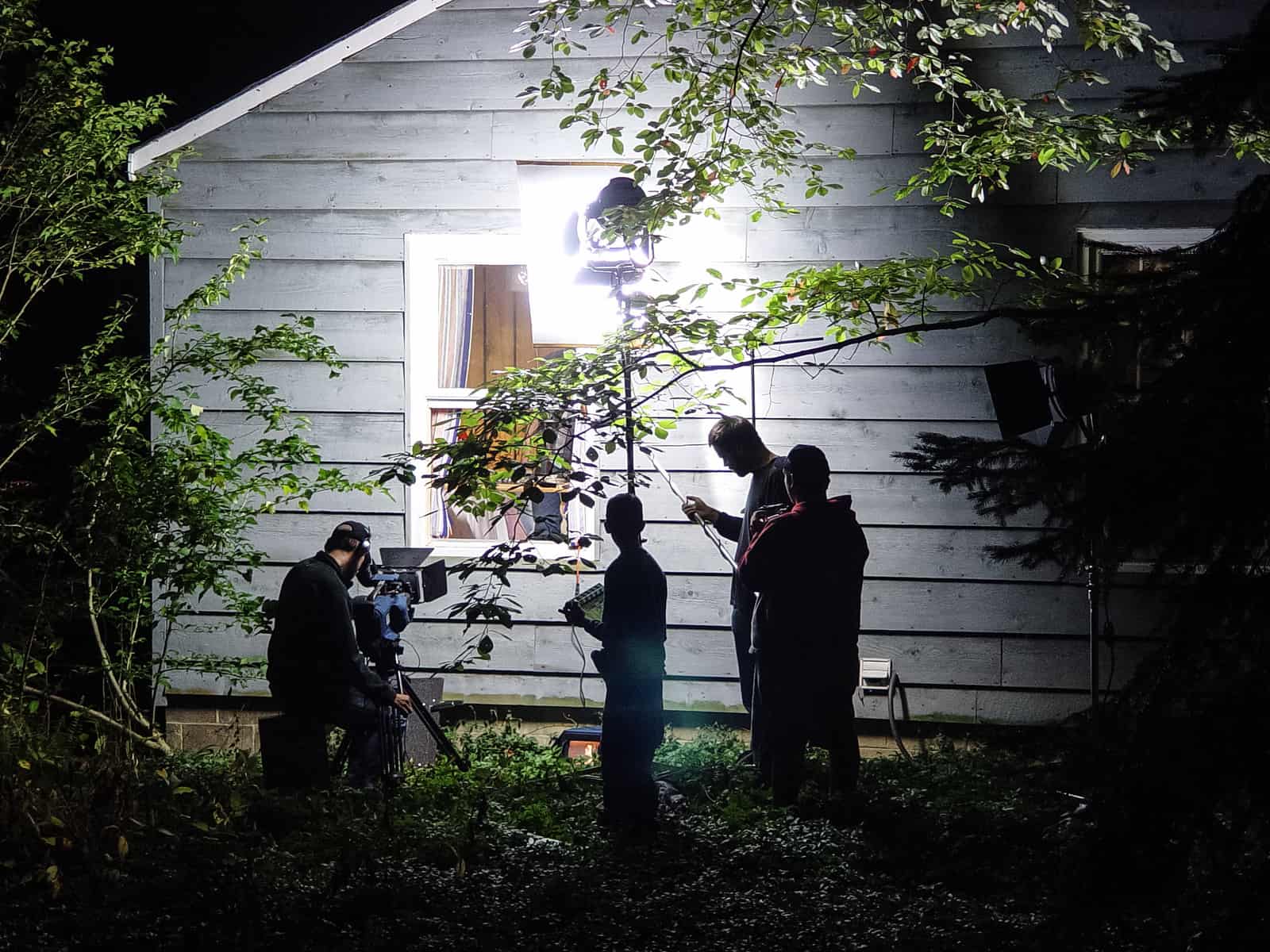It’s easy to get lost in the world of your story, weaving tales of intrigue, romance, action and adventure through the lives of your characters. But as engaging as you would like that world to be, the reality of tighter budgets, fewer shooting days, smaller crews and cheaper equipment force producers to look at cheaper scripts. As a writer, it’s important to learn the balance between the story and the cost of producing it.
One of the biggest strengths you can have as a writer it to learn how to attach a price tag to each scene. Here are some pointers when writing on a budget:
- Focus on story – not on the scale of production – Emotion is the most powerful tool you have when building a low-budget story, and the great news is that it’s free! When you develop your project, focus on the characters, creating a conflict that inflicts as much pain on them as possible, and set-up the story to invoke an emotional journey for the audience. Emotion will have a more powerful impact than a cast of thousands or Earth-shattering visual effects.
- If you’re shooting a feature, keep your script at 85 pages – If one scripted page (properly formatted, of course) equals one minute of screen time, then keeping your script length down means you can concentrate your budget. A feature film that is 85 minutes will actually sell just as easily as a 120 minute film.
- Car scenes can be expensive – Building car rigs, or renting a process trailer to tow the hero car around is expensive, so whenever possible, write scenes that take place in a stationary car, or have your characters get out of the car and continue the conversation at their destination (or pulled over).
- Keep your cast small – Although we would all love to have a cast of thousands, the most budget-friendly scripts have only a handful of actors.Take Shane Carruth’s “Primer,” a mind-blowing science-fiction time travel film shot for less than $10,000 with just a few actors.
- Reduce the number of locations – You won’t just save money in location fees and permits, but time. Each time you need to pack up the cast, crew, and equipment for another location takes valuable time out of your shooting day. Many low budget movies shoot at one location – a cabin in the woods, an abandoned building, one house.
- Avoid night exteriors – Contrary to what you may expect, shooting at night requires a lot of light, generators and crew. A forest at night is dark, and it’s impossible to get an image, even under a full moon, so massive 18,000 watt HMI lights are positioned hundreds of feet away to simulate moonlight, while the areas of the forest in which the action takes place must also be specifically lit so the cinematographer can properly expose the actors. When in doubt, write exterior scenes for daytime.
- Special effects take time – Even though you may have access to the best make-up effects artist from Stan Winston Studios, or a top ILM visual effects supervisor, know that on-set effects take time… lots of time. And on set, time costs money, so be aware that some producers may cut effect-s heavy sequences to accommodate the budget.
All in all, producers are always looking for next script to produce. And almost as important as the quality of the story is the price tag that comes with the script. Writing for the producer can greatly increase the chances that your script will sell.
Pro-Tip: Check out the site InkTip.com. It’s a script brokering site that allows writers to post scripts, then vetted producers can review scripts, treatments, and outlines. Hundreds of scripts have been bought and sold over the years, and it’s a great place to either shop your script, or find a great script for your project.


